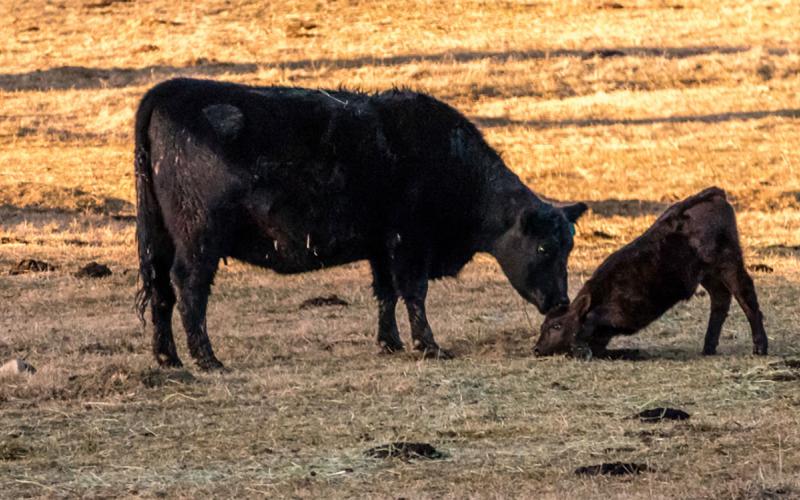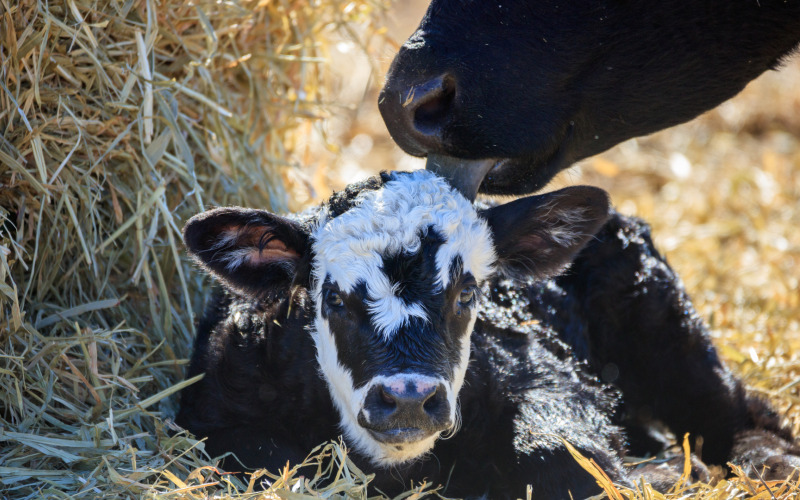
Written by Taylor Grussing, former SDSU Extension Cow-Calf Field Specialist. Updated by Olivia Amundson, former SDSU Extension Cow-Calf Field Specialist.
In today’s day and age, we rarely go anywhere without some kind of technology in our pocket or vehicle. Even in the livestock industry, there is an app for many of the tasks we conduct each day that can make our lives easier, if we take the time to learn how to use them. From keeping track of markets, banking, and now even calving records, there’s an app for that too.
Calving season is a busy time for beef producers, and it seems every year a calving book gets washed with valuable information never to be read again. The development of several calving book apps in the last few years has left producers asking which one is best and what specifications to look for before purchasing. Here we will discuss some tips to consider before purchasing just any calving book app.
App Selection Considerations
-
Inputs: The apps should include the inputs that are important to you to make management decisions on your operation. These include such things as cow inventory, sire inventory, along with calving data. Each operation will have various needs and some of the apps will contain more input sections than every operation needs. If the app is to be used year to year, check to see if new data can be added each year without removing old data. Some example calving inputs could include: Calf identification number, birth day/year, birth weight, sex, sire/dam ID, color, calving ease score, single/twin, udder score, teat score, and location (pasture).
-
Accessibility and Compatibility: Does the app need to be accessible at all times? Identify apps that can be accessed even when data or Wi-Fi services are not available. The app will likely synch to an online storage system when cellular service becomes available but may need to be set for this to occur and keep everyone using the app updated. Also, if multiple people will be entering information into the app, make sure all phones are compatible with the same app (android vs. iPhone). Lastly, if the calving app is being accessed by two users at the same time, be sure data can be entered simultaneously without complications.
-
Storage: What type of storage or data program does the app synch too? Options may include online cloud storage, computer or record keeping programs. In addition, file type is important and should be in a format that data is easy to use and capable to generate reports and analyze data, as needed. Example file types may include text, excel, pdf or even breed specific database programs. Also, is the app compatible with a computer or iPad? If apps are only accessible on the phone, it may be difficult to see mass quantities of data at one time, sort data or even print reports. Bottom-line, make sure data is backed up and accessible once entered into the app in case a phone goes missing on the 4-wheeler or lost while bedding the barn.
-
Fees: Most apps will offer a free-trial for 10–30 days before charging a monthly or annual fee for services. Also, apps may vary in the amount of storage or number of animals that can be entered into the system. Seek out how much data can be stored and if extra animals can be added for a fee, if that storage limit is met.
-
Additional Features: In addition to calving records, look for additional features such as breeding information, gestation calculator, semen tank inventory, grazing plan, cull reports, dead’s, sires, weaning and pregnancy data.
The Bottom Line
If apps aren’t for you, at the very least keep your calving data in at least two places: two calving books (one in the pickup and one in the house), or a calving book plus an app to keep it safe. Record keeping is necessary for beef producers to make benchmarks and progress from year to year. The famous saying, “You can’t manage what you don’t measure” is true, and adaptation to new calving book apps can have a place in making recordkeeping easier and keep producers on track this calving season.


